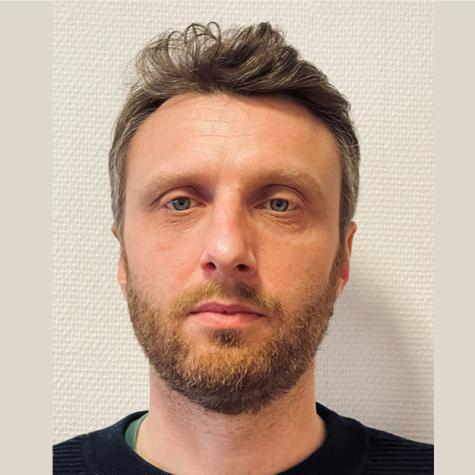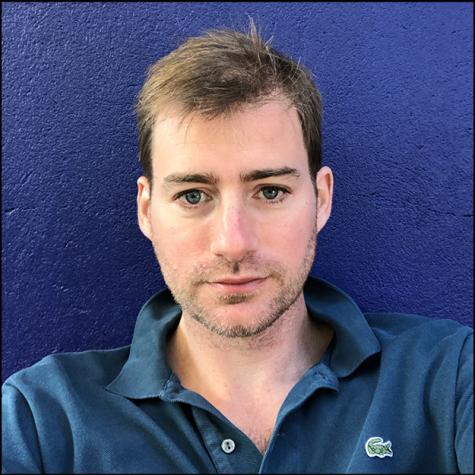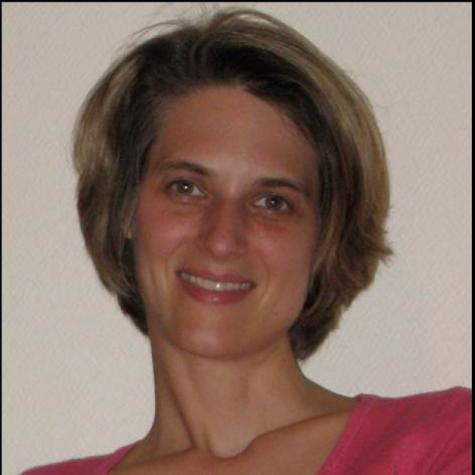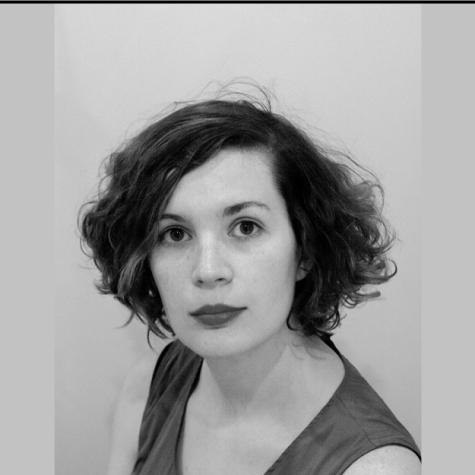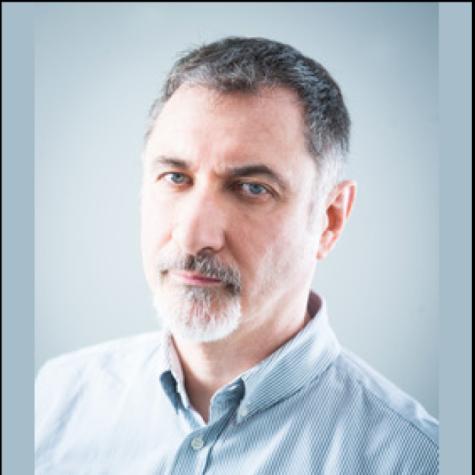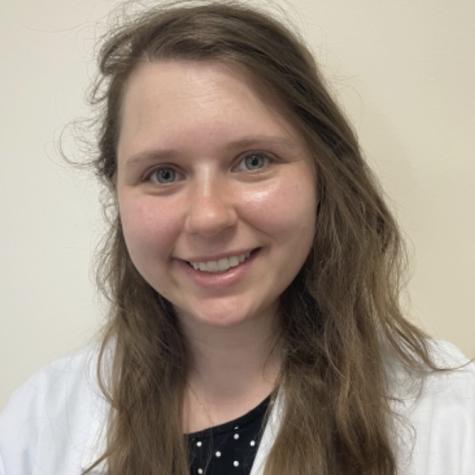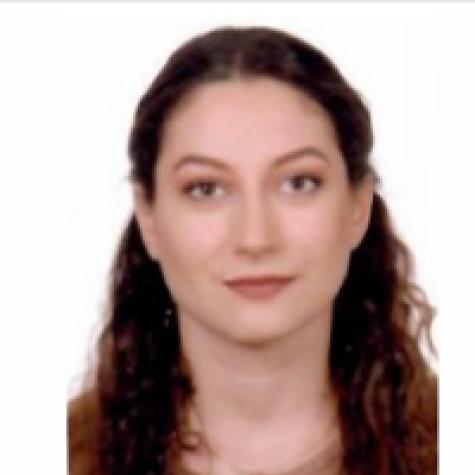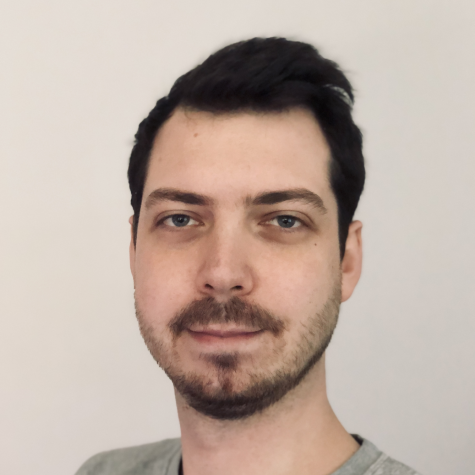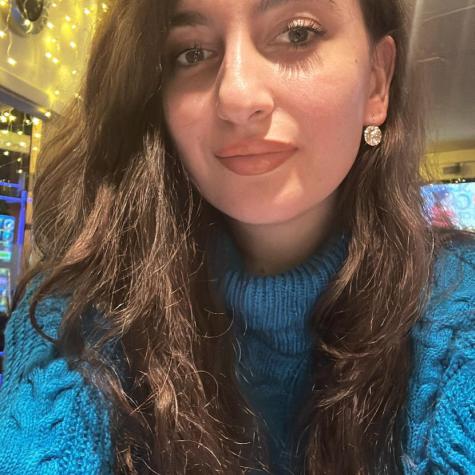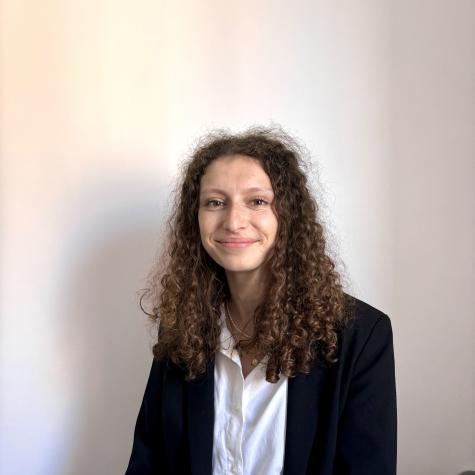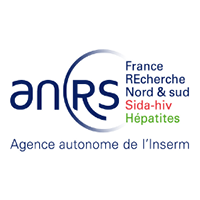The skin is a large barrier and interface organ. It comprises three tissues and about fifteen cell types (including keratinocytes, fibroblasts, melanocytes, acquired and innate immunity cells, endothelial cells, neurons, muscle cells, etc.). This explains why the diversity of the repertoire of anomalies and skin diseases is the most widespread of all organs. As a corollary, experimental work on the skin requires particular skills due partly to the cohesive nature of this tissue as well as the presence of skin adnexae. Our team has therefore chosen to group together themes whose study has as a common denominator a severe anomaly of the skin that is poorly or imperfectly understood. Skin homeostasis is based on a rich contingent of stem cells which ensure the renewal of these different populations as well as on cell trafficking with populations derived from the bone marrow. The “Cutaneous Biology” team therefore combines fundamental cellular, genetic and translational approa ches in order to better understand the role of resident or non-resident stem cells in skin homeostasis as well as in certain severe skin diseases for which there is a unmet medical need. These are delayed wound healing, carcinogenesis and two inflammatory skin diseases (hidradenitis suppurativa, psoriasis). Finally, through its interface function, the skin is colonized and/or invaded by various organisms. The skin biology team is therefore also pursuing a historical theme linked to certain germs, namely syphilis and acne.



